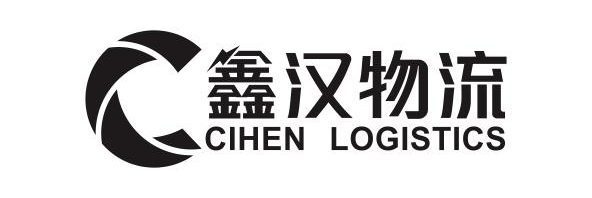(1) To determine the base point of standardization. To form the standardization of the whole logistics system, we must find a common base point in the part, and make this base point run through the whole process of logistics, and on this basis form the core of the logistics standardization work. According to the characteristics of logistics as “the flow of things”, it can be confirmed that the container system is the basis for establishing a standardized system to make the logistics process coherent.
(2) To realize the coordination of each subsystem of the logistics system. Compatibility is a requirement that must be embodied in the establishment of a logistics standardization system, and an important symbol to measure the success or failure of a logistics system standardization system. The logistics system should be taken as the starting point to study the compatibility of technical standards and work standards in various subsystems and logistics-related fields, and to unify the standards of the entire logistics system according to the requirements of compatibility.

(3) Pay attention to the development relationship between logistics and the environment. Modern logistics is developing in the direction of large-scale. When planning logistics standardization, the impact of logistics on the environment (such as noise, exhaust gas, etc.) must be placed in an important position of standardization.
(4) An authoritative organization should lead the formulation and implementation. Since the formulation of logistics standardization involves many levels, it is required to be promoted layer by layer in the implementation. Therefore, its formulation and implementation need to be led by an authoritative organization. The International Organization for Standardization (ISO) is the authoritative organization for standardization in the world, and has formulated many logistics standards. Some countries (such as the United Kingdom and South Korea) have their own standardization associations to formulate their own logistics standards.
Types of logistics standardization According to the different content and nature, logistics standardization can be divided into three categories:
(1) Standardization of the logistics system. The standardization of the logistics system is to formulate the standards used by all subsystems in the whole system, including the standardization of basic codes, the standardization of professional measurement units, the standardization of basic logistics module dimensions, the standardization of container module dimensions, the standardization of logistics professional terms, and the standardization of logistics documents ( Tickets) standardization, logistics marking and identification standardization, logistics cost accounting standardization, statistical standardization, etc.
(2) Standardization of logistics technology. Logistics technology mainly includes equipment, materials, information management and other technologies, including the standardization of transportation tools, warehouse technology standardization, station technology standardization, operation vehicle standardization, transmission equipment standardization, packaging material and technology standardization, information management standardization, etc.
(3) Standardization of management organization work. The standardization of management organization mainly refers to the planning, management and other organizational work to be carried out for the realization of logistics activities, including the formulation of unified requirements and standardized regulations for various logistics activities, and the Guangzhou to Xining logistics company clearly divides the scope of duties, rights and obligations of each post , standardization of work methods, inspection and supervision, etc.
